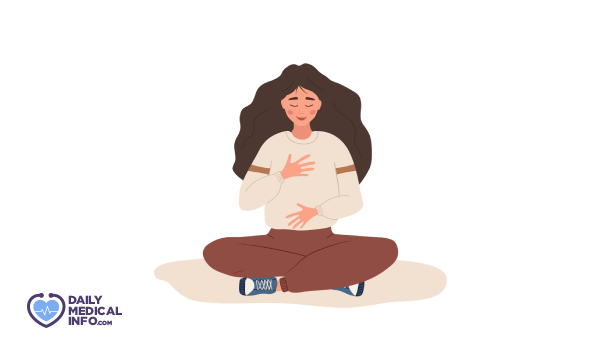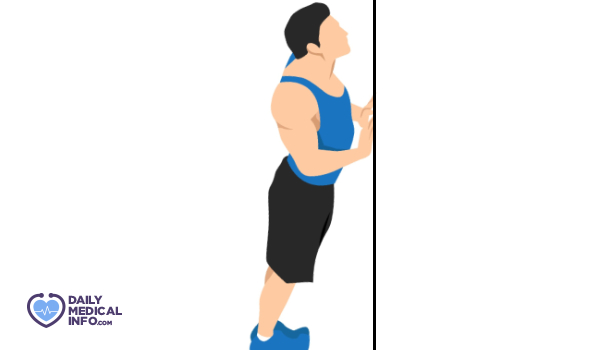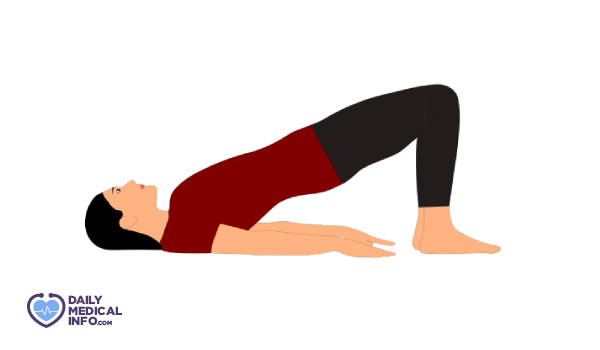What is the muscular separation of the abdomen? And how is it treated?
Separation of the abdominal muscles is a common condition for those who suffer from weak abdominal muscles, especially during pregnancy. So what is this case? What are its symptoms, causes, and treatment methods? Read the following lines for more details.
What is muscle separation?
Diastasis recti is a partial or complete separation of the rectus abdominis or, as it is also known among athletes, the “six pack” muscles, which meet in the middle of the line of the abdomen.
The muscular separation of the abdomen is a very common condition during or after pregnancy, due to the expansion of the abdominal muscles due to the expansion of the uterus with the growth of the fetus, and a study indicated that 60% of pregnant women may suffer from this condition, whether during pregnancy or after childbirth.
The sources indicate that this condition is not limited to pregnant women only, but it may affect anyone, including newborn children and men, as it may occur due to improper weight lifting, or unsafe abdominal exercises.
Symptoms of muscle separation
The most common symptom of abdominal muscle separation is a bump in the abdomen, especially when pressing and contracting the abdominal muscles. It may be noticeable when standing, sitting, or lying down. Other possible symptoms include:
Causes of muscle separation
Abdominoplasty generally occurs with excessive pressure on the abdominal muscles. For example, during pregnancy, the muscles and connective tissues are stretched due to the expansion of the uterus. This is also due to the body’s release of hormones such as estrogen and relaxin.
Previously, doctors considered that weight gain during pregnancy, the weight of the child, and the age of the mother were among the risk factors leading to muscular separation, but there was a study that showed that there was no relationship between these factors and the incidence of this condition, as mentioned in the sources.
Some children may be born with abdominal muscle separation, especially in cases of premature birth, as the abdominal muscles are not complete and connected to each other, but this condition is fixed on its own with time.
How do I know muscle separation?
There is a very simple technique that you can test if you are suffering from muscular dystrophy. Here are the steps:
- Lie on your back, bend your legs and keep your feet flat on the floor.
- Lift your shoulders slightly off the floor, look at your stomach.
- Use your fingers to feel the edges of the muscles above and below the navel. Note how deep and how many fingers you have. If you feel a gap with two fingers, you have a medial muscle separation.
The separation of the abdominal muscles after childbirth improves after several weeks, with the abdominal muscles regaining their strength. A doctor or physiotherapist can more accurately determine this condition by using special tools or sonar.
Muscle separation damage
Some complications may result from abdominal muscle separation, the most prominent of which are:
- Back pain.
- pelvic pain
- Posture changes.
- Pelvic floor weakness.
- Hernia (in severe cases).
Muscular separation treatment
The doctor may advise you to wear a support band throughout the day during pregnancy, and there are some guidelines that he tells you, such as:
- Avoid carrying heavy objects and squeezing the abdominal muscles.
- Correcting body position while standing or sitting.
- Support the lower back while sitting with a pillow.
- Bend the knees, roll properly, and get support from the arms when getting out of bed, when getting into bed, or from a couch or floor.
- Try to avoid coughing without supporting your abdominal muscles.
- Avoid carrying your baby on one leg if this is painful.
- Try to avoid any exercises that cause the belly bump.
The muscle separation may fix itself after pregnancy as the abdominal muscles regain their strength, however, if you notice the persistence of symptoms, or the clarity of the separation after 8 weeks have passed after childbirth, the doctor may advise you to start practicing abdominal muscle separation exercises after childbirth, and to follow up with a physiotherapist.
In the event that the therapeutic methods do not work, the treatment of muscle separation with surgery may be an option, which is a tummy tuck, or as it is also known as a “tummy tuck”.
Abdominal muscle separation exercises
There are many examples of exercises for the treatment of abdominal muscle separation that the doctor or physiotherapist will tell you, according to your condition, and whether the birth was natural or cesarean section, and these exercises are repeated daily, and the following are examples of some suggested exercises:
1- Diaphragmatic breathing exercise

This exercise is one of the common exercises to strengthen the abdominal muscles, and it is also one of the suggested exercises to treat many other conditions. Here are the most important steps:
- Lie on your back, or sit in a comfortable position.
- Put one hand on your stomach, and the other on your chest.
- Take a deep breath, and let it out slowly.
2- Push-ups on the wall

This exercise is one of the easy exercises, and the following are its steps:
- Stand in front of a wall at arms length, feet slightly apart.
- Put your hands on the wall, and take a deep breath.
- As you exhale, pull your stomach toward your spine.
- Inhale as you bend your arms to lean against the wall, and push your body away from it as you exhale.
- Repeat these steps as often as possible.
3- Bridge exercise

This exercise is considered one of the common yoga exercises, and its steps include the following:
- Lie on your back with your spine lightly pressed into the floor, and keep your feet flat on the floor with your knees bent (just like a self-exposing diastasis).
- Make sure to keep the shoulders touching the floor, and lift the lower back up, and stay like this as much as possible.
- Watch your breathing while going up and down.
Finally, be sure to repeat these exercises as the specialists tell you, and be sure to monitor your breathing while practicing them.

